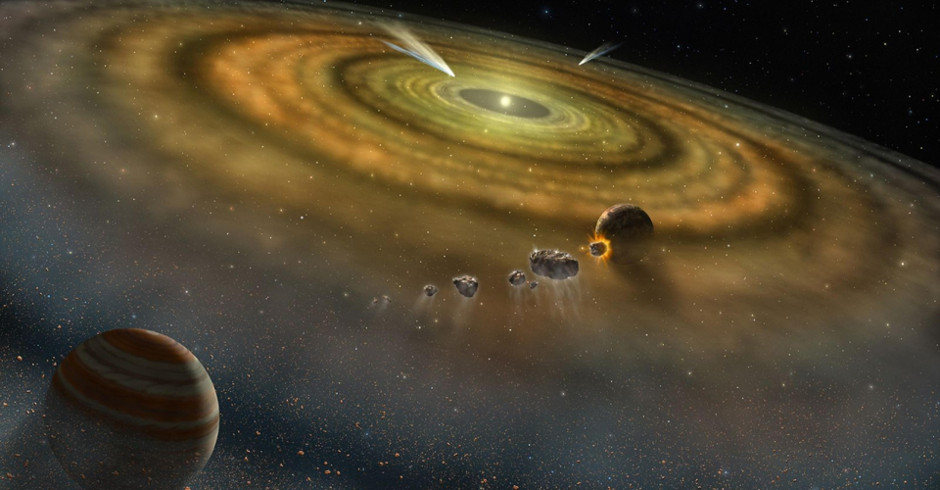
It is expected that refractories (high temperature materials) should be located close to the young Sun, while volatile materials (such as ices and sulphur compounds) should form far from the Sun where temperatures are cooler.
However, the new maps produced by the research team revealed a complex chemical distribution of the dust, where refractory materials were also present at large distances from the Sun on the surface of the disc. Volatile materials were also found in the inner disc close to the young Sun.
“The new two-dimensional calculations have given us a clearer idea of the pristine chemistry in our solar system soon after its formation,” says lead researcher Francesco Pignatale.
“While solar nebular is thin, it is two-dimensional. This makes it possible to find relatively high temperature regions at larger distances from the Sun on the surface of the disc that are heated by the Sun’s rays.
“We also find colder regions in the inner disc closer to the Sun. Here the high concentration of dust prevents the stellar radiation from efficiently heating the local environment.”
This research was published in the Monthly Notices of the Royal Astronomical Society.



